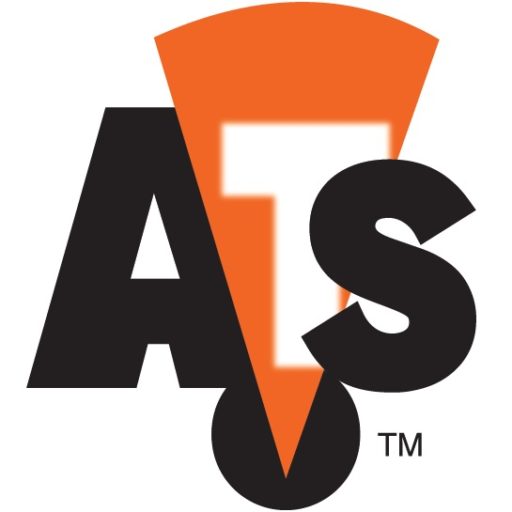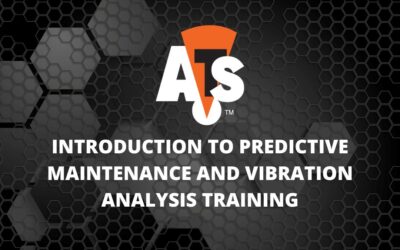Most companies use the CMMS as the primary repository for work history information as well as their work planning, scheduling, and execution tool. This results in a huge amount of valuable information being available to support the condition monitoring and evaluation process.
Condition monitoring and evaluation, generally speaking, is all about trends and changes in data, with the expectation that a change in the data is caused by some internal machine degradation that needs to be flagged for repair. Most analysts look at trends and ask themselves “what is different this time compared to the last time I looked at it?” Changes in data are not always related to internal machine degradation. Changes in condition indicating data, from one collection to another, is typically thought of as bad. Most tend to look at change from the perspective that if a measured value, like vibration, temperature, or current draw, increases then something is wrong. The opposite, decreasing values, is typically considered to be a good thing! Nothing could be farther from the truth. Unexplained changes are never a good thing, up or down, which presents another argument in support of allowing ATS to access your CMMS.
I am sure that most of us have experienced a situation where some rotating component in a machine loses some mass and vibration increases due to the resulting imbalance. When discovered, everybody panics. But then, unexpectedly, the vibration decreases and everybody becomes happy because the problem seemed to resolve itself and the machine is presumed – erroneously – to be OK because the vibration came down. This is an extreme example of why ANY change in condition indicating data needs to be understood. When these things happen, it usually means that change #2 was more significant than change #1 because it most likely ran the imbalance vector through the origin and out the other side! Just one example of many we could discuss on the importance of understanding why CM indications both increase and decrease. Change is not always good, regardless of direction.
We recently had the same experience at a couple of different Client sites. In both cases, we had recommended component changes because of properly diagnosed adverse indications in the data. Our Clients had implemented our corrective action recommendations but never reported that fact to us. So when our team arrived and collected the next data rounds, we saw changes that we could not explain. Making things worse, nobody at the sites on those days could tell us what work, if any, had been done to those machines! Our most successful Clients have given us access to their CMMS systems to both enter work recommendations and review work performed on the machines that we monitor on their behalf. Our practice, for these Customers, is to always review the work history of the machines we monitor before going to the site to collect the data. This way we know to look specifically for the impact of work that has been performed and at the same time it alerts us to what machines haven’t been worked on so that we can be sure to focus on their possible progressing degradation.
It is easier for us to figure these things out if we don’t have access to CMMS information on machines that are monitored online with permanently mounted sensors. Our team of experienced analysts look at every sensor on every machine every workday. We pay particular attention to machines where we have made corrective action recommendations and can tell when a machine is not running. When we see a change, beneficial or otherwise, after a machine has been uncharacteristically out of service for some period of time it is easy to conclude that some action has been taken. But being able to confirm this directly through the CMMS would improve the overall process for both ATS and our Clients.
Customers who benefit the most from their PdM program are the customers who have provided ATS with remote access to their CMMS. Permitting an ATS analyst to review the work history in advance of a scheduled site visit allows ATS to know which assets are expected to show change, which aids in the analysis of the unit.
-cb






0 Comments